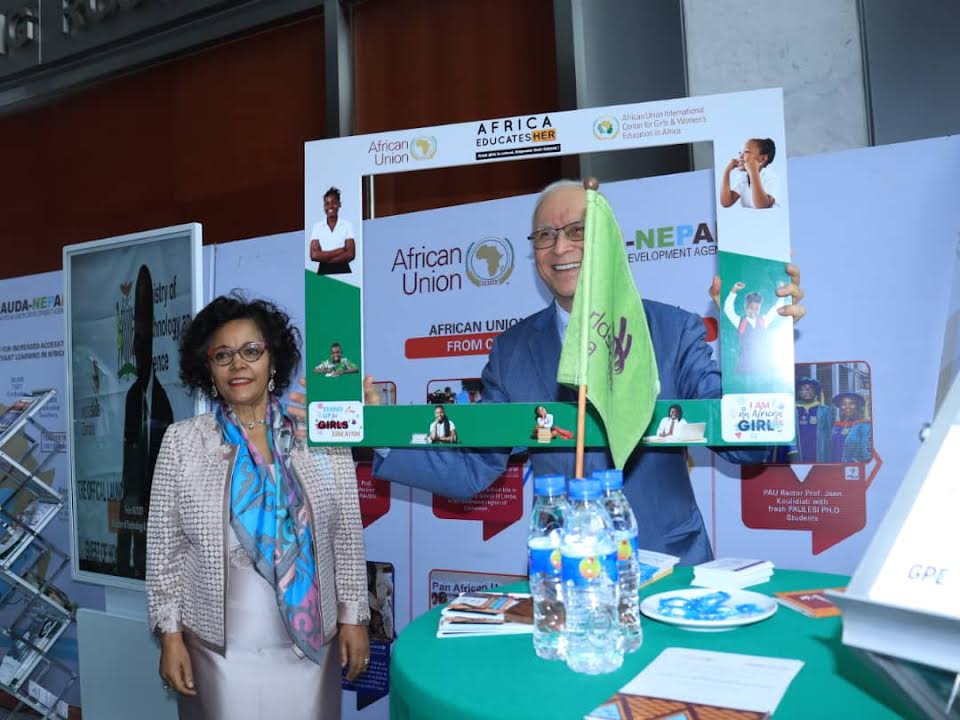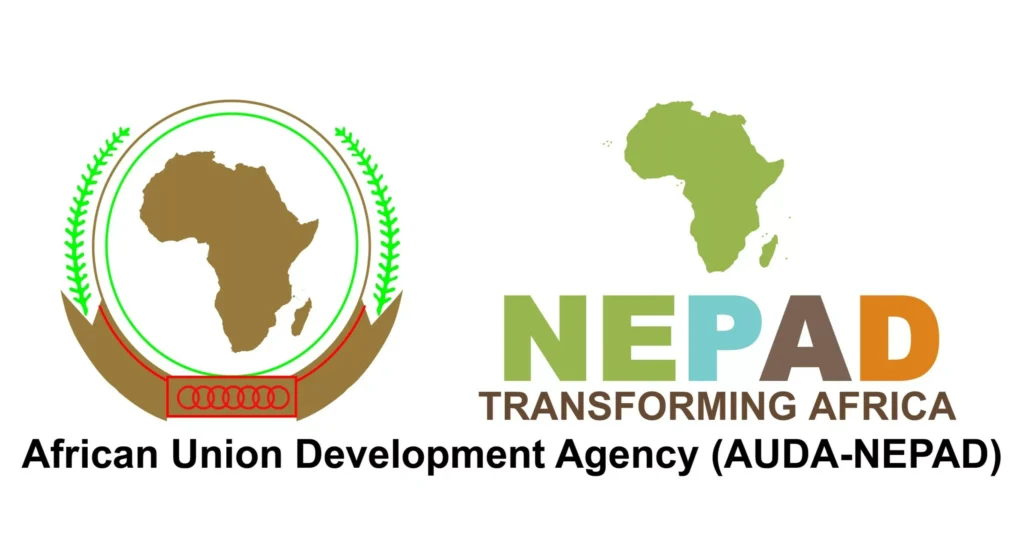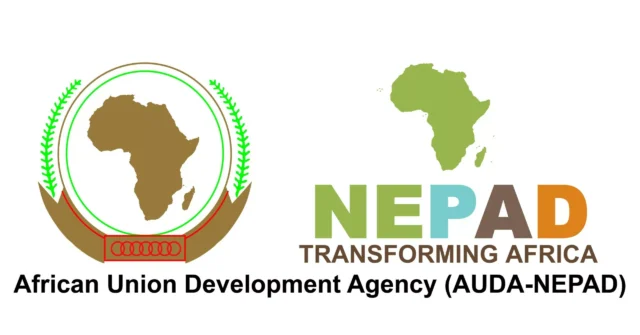In a landmark announcement at the STEMtastic Adventures! Africa symposium, the African Union Development Agency–NEPAD (AUDA‑NEPAD) unveiled its much-anticipated African EdTech 2030 Vision: Plan & Policy Framework—a continental blueprint designed to usher in a new era of digital education that is inclusive, sustainable, and innovation‑driven.
This ambitious roadmap positions Africa to escalate beyond outdated educational infrastructures and accelerate toward a future defined by mobile-first digital learning. With a clear target: by 2030, every young learner across Africa—no matter their background or location—will have access to high-quality, localised, and digitally-enabled education.
Table of Contents

AUDA‑NEPAD Transformative Continental Vision
AUDA‑NEPAD’s draft framework aims to serve as a catalyst for educational metamorphosis across the continent by:
- Harnessing local EdTech innovation, amplifying Africa’s budding startups and homegrown solutions
- Adopting mobile-first models for ease and cost-effective reach
- Promoting inclusivity, addressing gender, rural‑urban disparities, and learners with disabilities through multilingual digital content.
Crucially, this Vision aligns seamlessly with Africa’s broader strategic agendas, including Agenda 2063, STISA-2034, CESA 2026–2035, and the AU Digital Transformation Strategy 2020–2030.
Africa’s Leapfrogging Moment in Education
Africa has a unique opportunity to “leapfrog” traditional education pathways—a phenomenon previously demonstrated via mobile money solutions. AUDA‑NEPAD’s framework leverages this potential, choosing cost-effective, scalable digital delivery over legacy systems that no longer serve the continent optimally.
Statistics support this strategy:
- Smartphone ownership among teachers: 90%+ in South Africa; 30–65% in Ghana, Nigeria, and Kenya.
- The continent has demonstrated strong mobile connectivity growth and the potential for offline-first deployments, ideal for regions with unpredictable internet access.
This sets the stage for scalable, digital-first education where even students in remote villages can access quality learning via offline-capable apps and low-cost devices.
Urgent Imperatives: Youthful Demographics and Systemic Challenges
Africa’s demographic landscape is both its greatest asset and a pressing challenge:
- Over 60% of the population is under 25, with projections (+2.5 billion by 2050) demanding dramatic educational expansion.
- Around 30 million primary-age children in Sub‑Saharan Africa remain out of school.
- An additional 17 million teachers will be needed by 2030 to reach universal primary education.
- Only 40% of primary schools have internet access, and 75% of youth lack vital digital skills.
These stark realities underpin the necessity of AUDA‑NEPAD’s initiative: to deliver not just access, but equitable and high-quality digital learning and teaching capacity.

Six Strategic Pillars to Enable a Digital Ecosystem
The Vision & Plan is structured around six key pillars, each targeting a critical education transformation area:
- Access & Infrastructure
- Expand access through low-cost devices, offline-first technology, solar power solutions, and expanded network connectivity.
- Courseware Development
- Encourage development of high-quality, curriculum-aligned, multilingual educational content. Examples like Senegal’s Wolof-language XamXam platform (1.2 million users) showcase scalable success.
- Teacher Capacity
- Upskill educators in digital pedagogy, content development, and data-informed teaching. AU initiatives like Africa AI Week 2025 (training 700+ educators) demonstrate growing momentum.
- Interoperability & Standards
- Build vendor-neutral frameworks and technical standards to ensure cross-border compatibility of EdTech solutions.
- Policy & Governance
- Create cohesive, privacy-compliant, and equitably funded regulatory frameworks.
- Data & Research
- Leverage evidence-based insights to shape policy, monitor learning outcomes, and refine implementation strategies.
Phased Rollout to 2030
The implementation strategy unfolds in clear phases:
- Foundation (2024–2026): Develop continental policy, standards, and enable cross-border sharing.
- System Integration (2026–2028): Scale interoperable digital public infrastructure with single sign-on tools and regionally crafted courseware.
- Consolidation & Export (2029–2030): Launch a Pan‑African EdTech Innovation & Research Hub and position Africa as a global EdTech exporter.
This approach ensures a smooth transition from planning to deployment and finally, to export-ready innovation ecosystems.
A Call for Collective, Sustainable Action
Success relies on multi-stakeholder coordination:
- Governments: Adopt, fund, and align digital education policies nationally.
- Regional agencies: Harmonise standards, curate research, nurture shared platforms.
- Private sector: Supply devices, build infrastructure, co-create solutions.
- Development Partners & NGOs: Offer seed funding, technical assistance, mentorship, and pilot support.
- Local communities: Drive awareness, adoption, and learner engagement.
Funding will blend grants, equity, and subsidies. The vision expects strategic collaboration with bodies like the GPE, UNICEF, and UNESCO to guide implementation and maintain alignment with global priorities.
Expert Views:
EdTech consultant John Kimotho emphasised, “Through coordinated policy, local innovation and equitable infrastructure, Africa can leapfrog legacy barriers and build a globally competitive digital learning ecosystem.” He praised Kenya, Rwanda, and Mauritius as early adopters worth emulating
Meanwhile, Dr. Barbara Glover, AUDA‑NEPAD Program Officer, highlighted the strategic goal of a transformation “grounded in local leadership and innovation” to enable inclusive, resilient, and tech‑centric education systems
Why Africa’s EdTech Revolution Matters
- Global Relevance: Africa can export its creative offline-first, vendor-neutral EdTech solutions to similarly underserved regions.
- Building a Skilled Workforce: A digital-ready youth demographic could power Africa’s economic and innovation engines.
- Equity and Inclusion: Multilingual, accessible courseware bridges geographical and socio‑economic divides.
- Resilience to Disruption: Digital frameworks help education systems withstand crises like pandemics or climate events.

What Happens Next?
AUDA‑NEPAD invites stakeholders—including member states, educators, startups, development agencies, and civil society—to join the dialogue. The public consultation phase launches now and continues until August 29, 2025, offering a chance to refine strategies and build shared ownership.
Active participation in this process will ensure that the African EdTech 2030 Vision remains responsive, inclusive, and actionable.
The Path Forward
AUDA‑NEPAD’s unveiling of this framework marks a seminal moment in Africa’s journey toward digital transformation in education. It invites collective action—not only to overcome the continent’s educational deficits but to create a new paradigm of globally competitive, resilient, and tech-integrated learning.
Africa’s youth deserve better—this roadmap offers a promising path to equitable knowledge, opportunity, and innovation for millions. With time ticking down to 2030, success will hinge on coherence, collaboration, and commitment across all sectors.
Join Our Social Media Channels:
WhatsApp: NaijaEyes
Facebook: NaijaEyes
Twitter: NaijaEyes
Instagram: NaijaEyes
TikTok: NaijaEyes








































